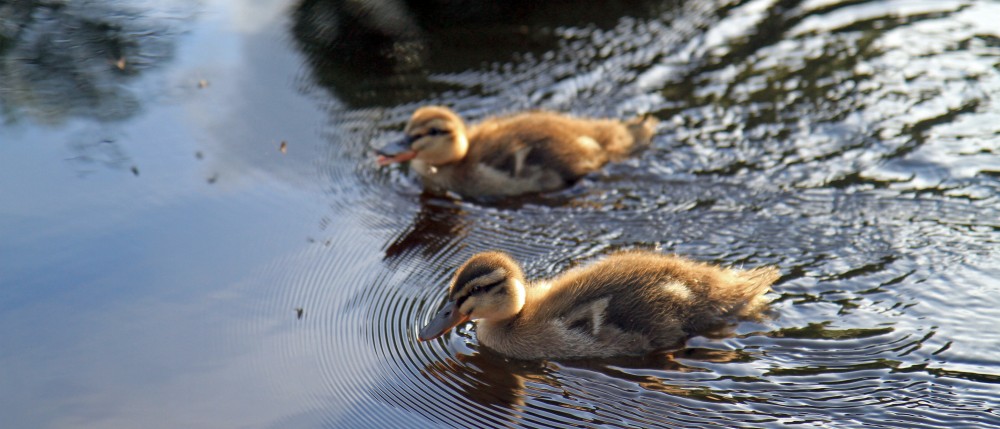 Hi there everyone, it is time for ducks and flu again! Just the other week we published a review on how host and virus traits affect transmission of low-pathogenic avian influenza viruses in wild birds. You should check it out – it is freely available in Current Opinion in Virology.
Hi there everyone, it is time for ducks and flu again! Just the other week we published a review on how host and virus traits affect transmission of low-pathogenic avian influenza viruses in wild birds. You should check it out – it is freely available in Current Opinion in Virology.
In this piece, Jacintha van Dijk, Josanne Verhagen, Michelle Wille and I synthesized the current knowledge of wild bird/flu interactions focusing on exposure and susceptibility. It is always challenging to write a review, especially when there are restrictions on length. But it is also fun (especially with such a talented team). We identified nine key host traits that can affect transmission: migration, non-migratory movements (e.g. dispersal), foraging, molt, reproduction, age, sex, pre-existing immunity and body condition, and provided the most recent findings from the literature regarding these traits. We also looked at five virus traits that can affect LPIAV transmission: virus stability, virus binding, virus replication, and the ability of the virus to evade the host innate and adaptive immune response. Many of these traits are not mutually exclusive, some have inherent spatial and temporal variation and can be affected by other confounding or unidentified factors.
Compared to many other wildlife pathogens, there is actually quite a lot of studies on LPIAV disease ecology to draw from. Yet, there is a clear need for additional and more integrative studies. You could say there are two sides: one more traditional approach with controlled infection experiment, and one more ecological approach with field samples and observations. Both are good, but neither is perfect. In lab studies, there is uncertainty in how well the experiment mimics the natural situation, and in field studies there are often many uncontrolled factors or results are correlative. We argue that these lines of research should be combined more often, either to use field studies to generate hypotheses to test in the lab with higher ecological realism, or to do semi-natural approaches in the field. A particularly challenging part is to study virus in free-living wild birds. Hopefully, the ongoing developments of remote-tracking could also be used to follow individual birds in the field for assessments of movement ecology, contact rates and other parameters of importance for predicting LPIAV maintenance.
Anyway, since the article is open access I strongly recommend you to click on this link and download the full review.
van Dijk, JGB., Verhagen, JH, Wille, M. & Waldenström, J. 2017. Host and virus ecology as determinants of influensa A virus transmission in wild birds. Current Opinion in Virology 28: 26-36.
